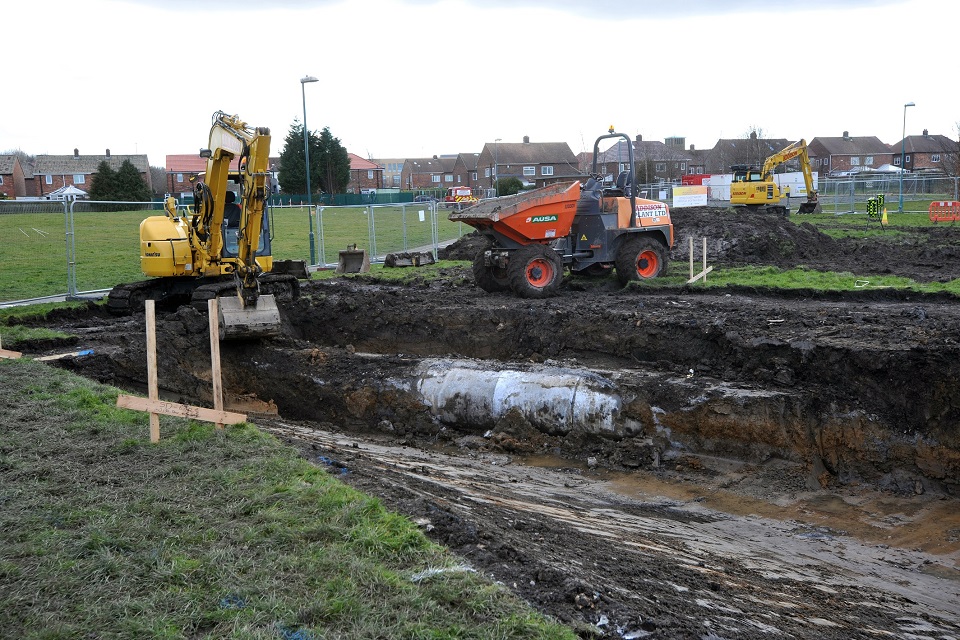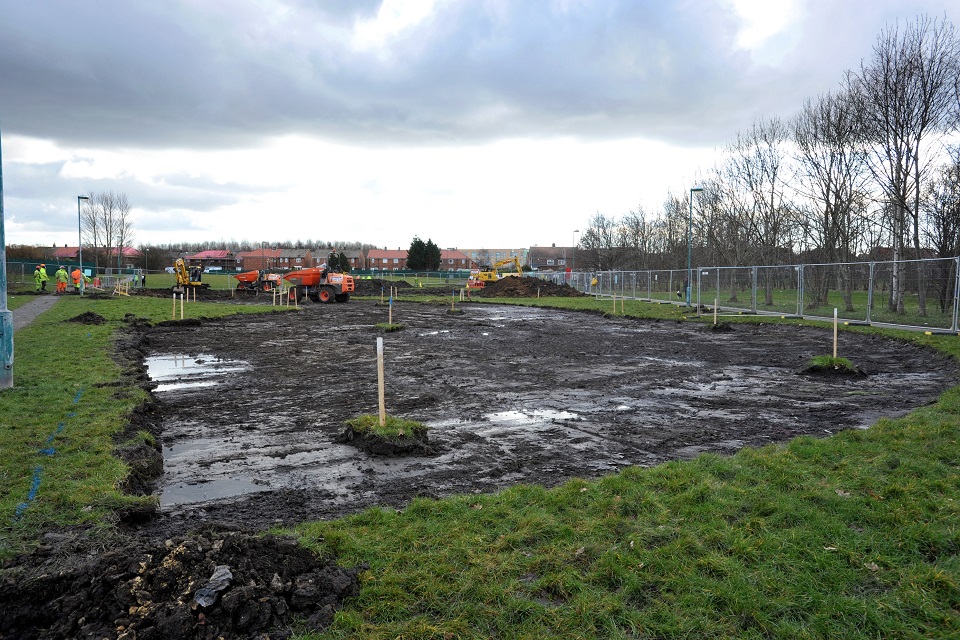Press release: Military grade underwater cameras working to end illegal fishing for eels in the Fens
Fisheries enforcement staff at the Environment Agency have been working with new underwater sonar technology to assess fish populations, especially where it’s hard to use classic methods like netting and electric fishing. The technology is also being put to excellent use elsewhere and giving us eyes underwater as well as above.
Our fisheries enforcement work helps to protect the environment and ensure fisheries income is generated through rod licence sales. All anglers require an Environment Agency rod licence to fish in England and Wales. The Environment Agency also lead on the enforcement of permits for migratory species like eels, smelt and lamprey. Regular auditing of these fisheries is essential to ensure protection of these iconic and in the case of eel – a critically endangered species; but also to ensure that the activity is regulated and sustainable.
Illegal eel fishing is a priority for the Environment Agency who are the lead organisation responsible for the conservation of this now endangered species. The eel stock is in decline, recruitment is at an all-time low, and exploitation of the stock is currently unsustainable. We regulate the fishing industry, which is carried out by only a handful of licensed fishermen. We also protect eel habitat, improve passage allowing ore access for eels further upstream and regulate other activities that might impact on each life stage of the species. While the West of England has issues with elver fishing – the capture of tiny juvenile eels returning from the America’s for a global market, in the East the fens provide excellent habitat for mature eels, vital in supporting this European species. Adult “silver” eels will return to the Sargasso Sea as their final life stage to spawn and much of our enforcement work protects this phase.
Our new sonar equipment has allowed us to see, with amazing clarity, where we’ve never been able to before – under the water.
This makes checking for nets, especially illegal equipment, much easier and makes us more efficient and in some cases 100% effective. A recent audit of a river near Kings Lynn resulted in a record illegal eel net seizure; 16 nets in total capable of significantly impacting an emigrating eel population – hundreds of eels were released. The nets were removed and we worked with Norfolk police to investigate the case.
Using boat mounted sonar equipment we can travel up to 10km per day, checking every inch of channel for illegal and submerged equipment. This is our greatest weapon in halting the illegal exploitation of eels and gives us a chance to completely rid waters of illegal instruments. We are using this technology to regulate other areas of illegal fishing including poaching, netting and trapping. You can see from the images how easy it is for us to spot illegal equipment, here both ends of an eel “fyke” net can be clearly seen stretching across the river channel. We use boats and specially trained enforcement staff to check traps and remove any illegal ones we find.
Anyone fishing for eels should be permitted, be fishing within the conditions of the licence, and nets must include visible and valid tags, as well as being equipped with otter guards too.
Any suspected illegal fishing activity should be reported to the Environment Agency’s Incident Hotline on 0800 80 70 60.
Anyone wishing to fish for migratory species including eels should visit
Permission to trap crayfish, eels, elvers, salmon and sea trout.
All anglers need a valid Environment Agency rod licence which can be bought using a credit or debit card by calling the Environment Agency’s telesales line on 0344 800 5386. Alternatively, they can be obtained from any Post Office or visit:
Buy a rod fishing licence

